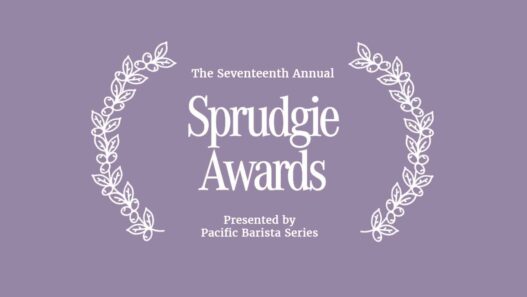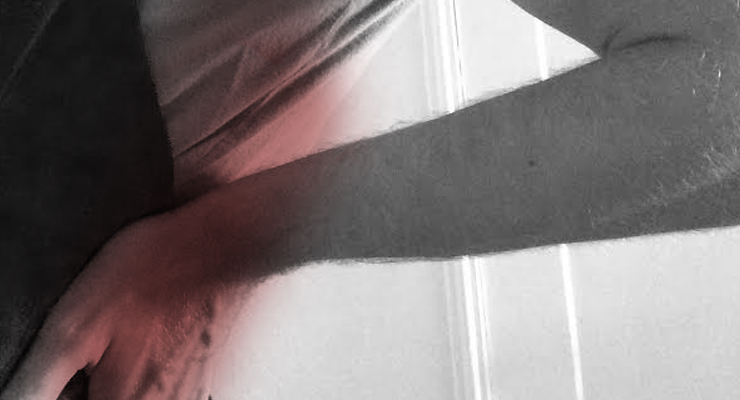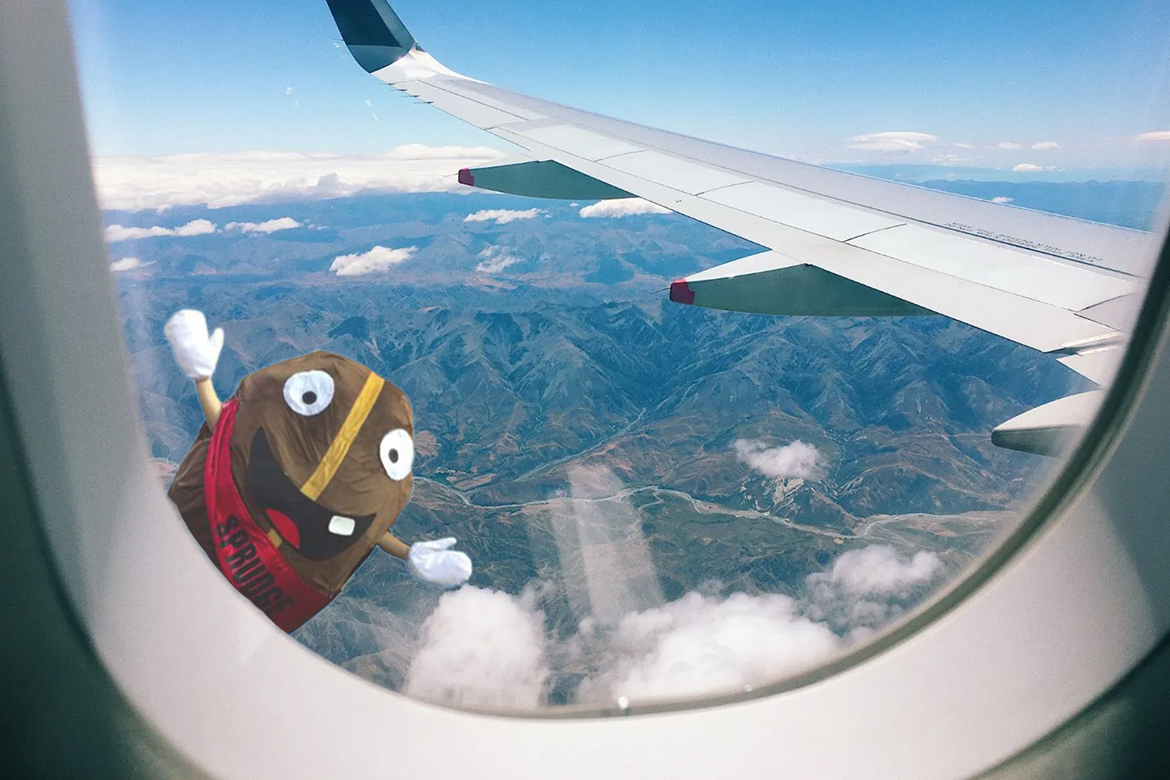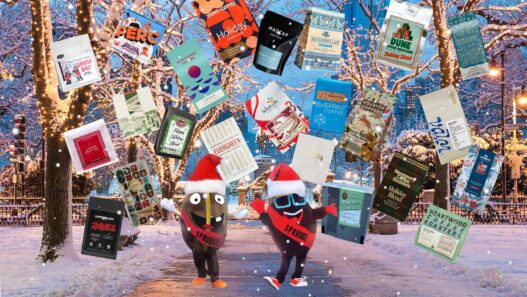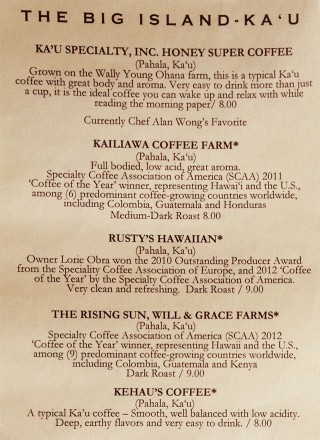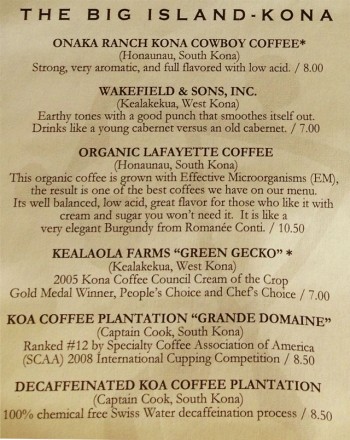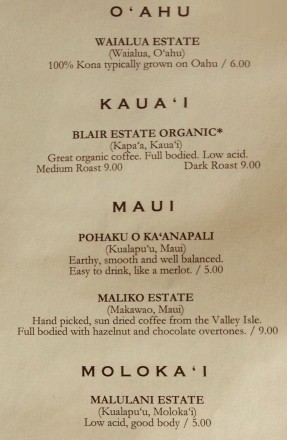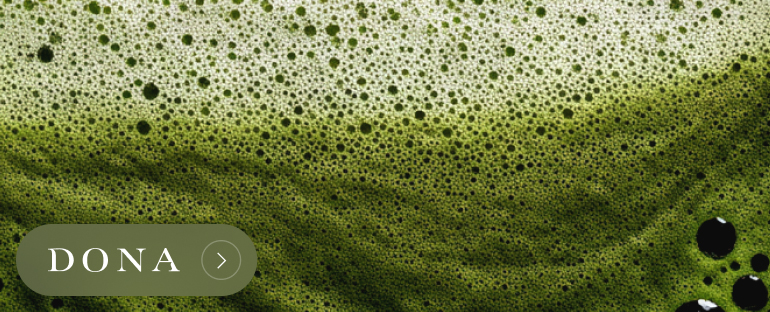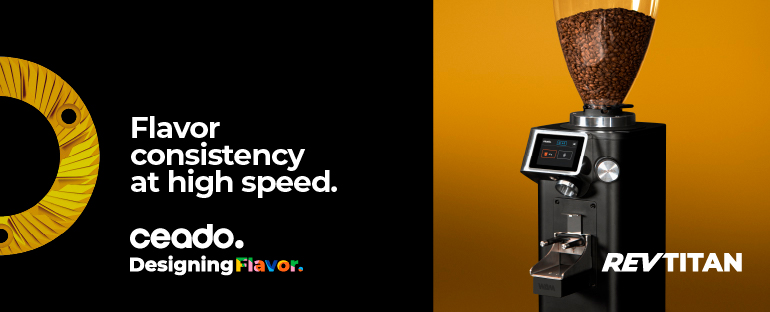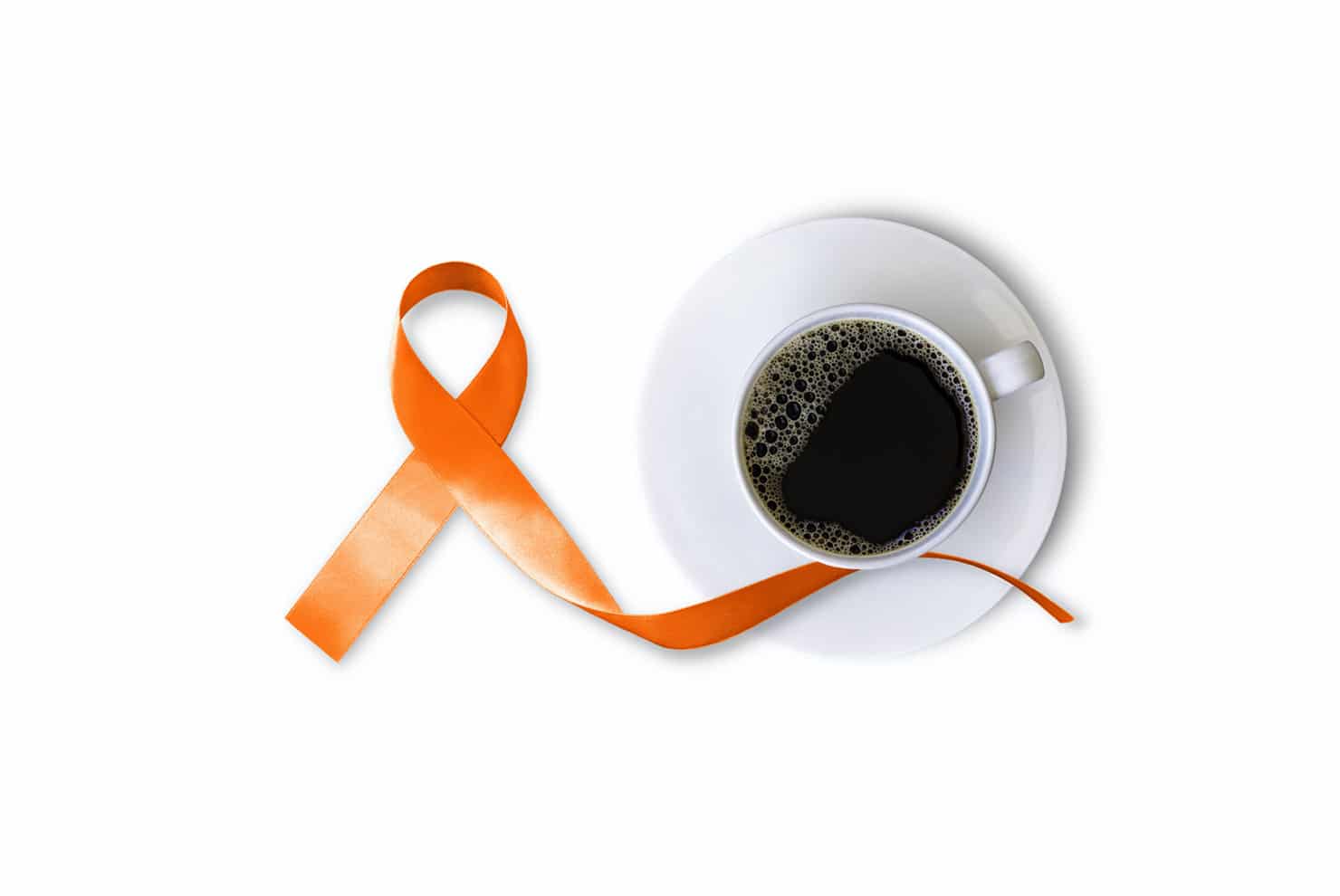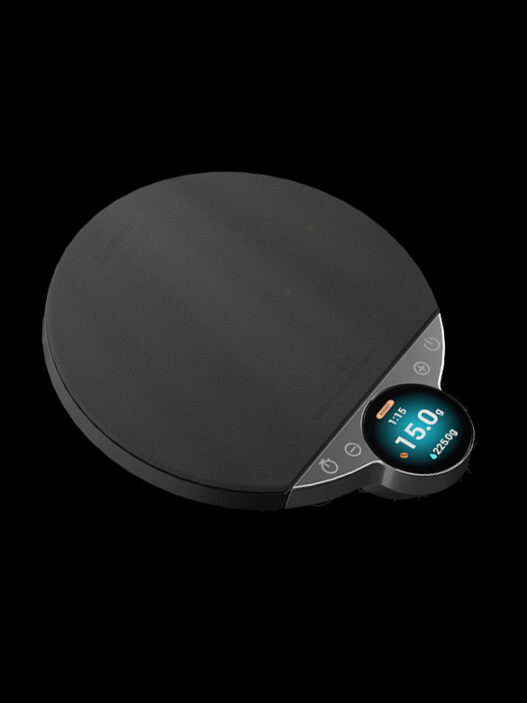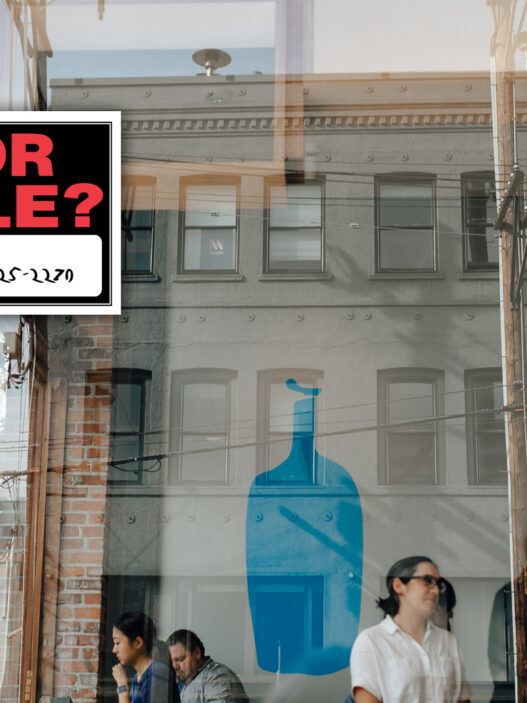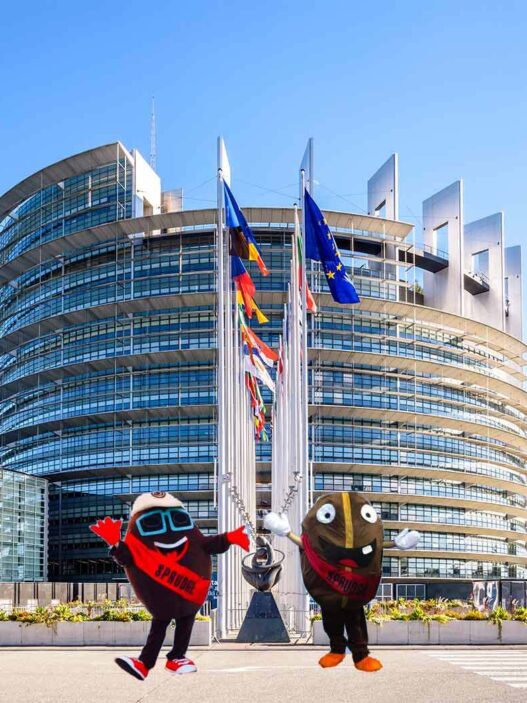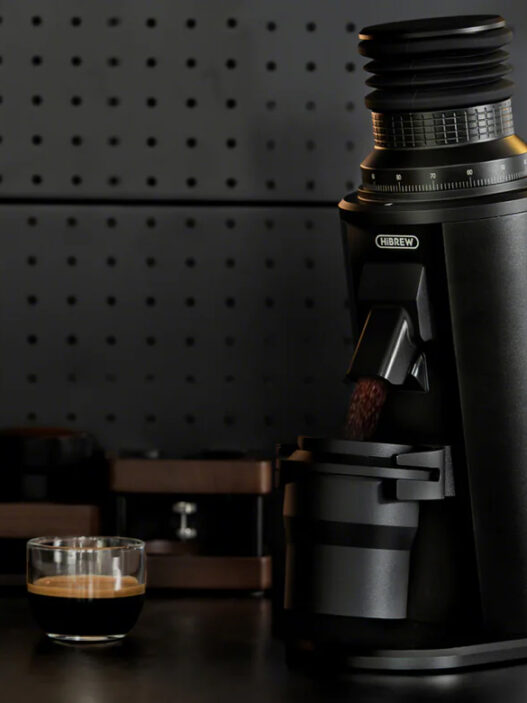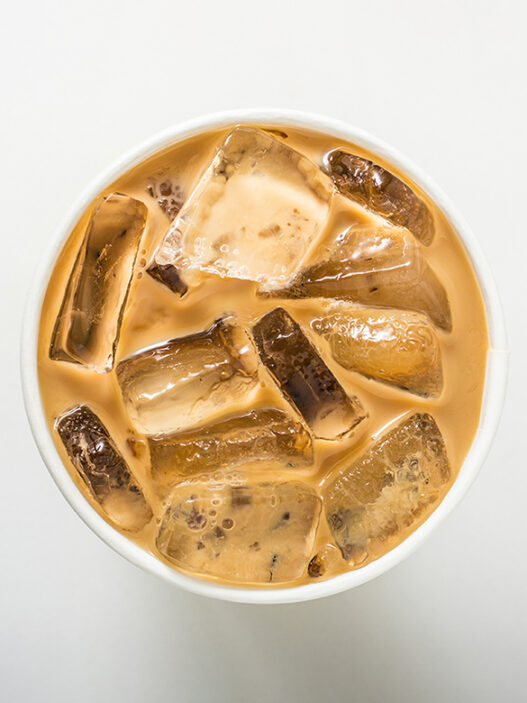Everything around us sounds like money. I’m sipping a $14 Mai Tai that tastes like my most optimistic dreams of retirement—like limes, macadamia nut, and multiple vacation homes.
Welcome to Alan Wong’s Honolulu, one of that city’s premier restaurants since 1995, where the coffee menu is 15 farms deep and emblematic of the charms and intransigent frustrations of Hawaii—it is abundant, expensive, and out of synch.
Alan Wong, a celebrity-status chef in the islands and namesake of the restaurant, is a co-founder of the Hawaii Regional Cuisine movement, which emphasizes island agriculture and “the taste of place”—including the many ethnic contributions to Hawaiian cuisine, from the indigenous to Japanese, Korean, and mainland American. He won a James Beard Award in 1996 for Best Chef: Pacific Northwest, and has appeared on Top Chef; this very restaurant frequently plays host to our foodie President.
Coffee is just as important to Wong as any of the other island-sourced ingredients that litter his menus, ranging from uni to ahi, ginger to dashi. I was lucky to score an interview with Mr. Wong prior to my evening at his restaurant, conducted by phone while hiking along Oahu’s wild northwest coast. The chef selects all of the coffees himself and has featured a version of the extensive beverage menu since the restaurant opened in 1995. He makes regular visits to coffee growing regions on the five main Hawaiian islands to slurp and sip with the growers and select his favorites, which are given their own page of the five-page food-and-drinks menu.
Wong says his vision of Hawaiian Regional Cuisine is built in part around local products. “Coffee is here—it’s what the land gave us. In our coffee, you can taste the land, the rich volcanic soil.”
The fusion menu is heavy on seafood—crab agedashi, opakapaka (snapper), ahi (tuna), opihi (limpet), mahimahi, scallop, tilapia, clams, and lobster all make an appearance. It’s only fitting, Mr. Wong told me. “We are an island state. There is ocean all around us.”
If you’re the type who balks at the $40-55 price tag on most entrees, you’d do just as well to order “Da Bag” off the appetizer menu ($12.50). Steamed clams in a salty broth with smoky Kalua pig are steamed in a foil bag. It’s served in a pillow of foil that the waiter punctures tableside, releasing a rush of Kalua-pig-scented steam. It’s what would happen if a TV dinner had a three-way with a luau and soup, and it’s delicious.
But dinner is the prelude to our main attraction. The coffees on the menu—16 of them—are organized by island: One each from Oahu, Kauai, and Molokai; two from Maui; and 11 from the Big Island (ranging from $5 to $10.50 per cup). Coffees from the Big Island are split into two main regions, Kona and the lesser-known Ka’u. Many are compared to wines on the menu—“like an elegant Burgundy,” “easy to drink, like a merlot.” All coffees are made to order in 12 ounce Frieling French presses, pressed at the table.
As you might expect from a coffee-producing place, coffees are identified by the farm, not by the roaster. While some farms roast their own coffees, many more go to central roasting facilities, similar, in a sense, to the way growers in other countries take their coffees to central mills.
We choose two. Both are from Ka’u—an emerging coffee region in the south that is hotter and drier than eastern Kona. The first coffee is from Rusty’s Hawaiian, the farm 2011 USBC champ Pete Licata worked with to create his winning routine. The second is from Kailiawa Coffee Farm, a 2011 SCAA Coffee of the Year and the only coffee on the menu identified as having a “medium-dark roast”.
Wong trains his wait staff by conducting structured tastings, but the waiter is of limited help. He’s able to answer mostly basic questions about the coffee, but still describes pretty much all of them as “low acid”—including the Rusty’s, which is the only Hawaiian coffee I’ve ever tried with real acidic structure.
Given the late hour, I’ve been doing something I’ve never done in a public setting: spit. In deference to the wealthy diners around me, I duck and squirt surreptitiously. My formerly empty Mai Tai glass accumulates what looks like the melty remains of an unfinished cocktail. But then from the next table comes a laugh that lands like a wad of bills on the table, flat and menacing. A man is telling a story about how his dumpster-manufacturing company once accidentally mailed a homeless man to Montana (the man had had crawled into one of the dumpsters to sleep). He thinks it’s hilarious. I’m suddenly unconcerned whether anyone finds my spitting offensive. My cup runneth over.
The Kailiawa is disappointingly flat and one-dimensional. But the Rusty’s is complex—sweet and fruity, with strong syrupy flavor of coffee cherry, a metalic earthy edge, and a spicy finish. It’s an argument in favor of how palatable a darker roast can be on the right coffee.
Wong is an unabashed promoter of Ka’u coffees, which he first tasted seven years ago. “For a long time, Kona was king. But competition raises the game for everyone,” he told me earlier on the phone, as I crouched among a rock outcropping for wind cover. Ka’u’s breakout success is forcing Kona farmers to rethink their approach, and many who watch Pacific coffees expect continued improvement from both regions in the coming years. Wong’s coffee menu is a fascinating window into our only domestic coffee-producing region, and all of the historical problems and future promise it may hold.
Meanwhile, Wong’s haute take on the island’s hapa lineage is also a pretty straightforward reflection of the Hawaiian experience, where Asiatic and American cultural traditions are smashed together amid extremes of wealth. If you have the dough, eating at Wong’s is a requisite and luxurious food experience in Honolulu, and worth visiting once. Maybe after you’ve been to Hula Dog.
Hanna Neuschwander is the author of Left Coast Roast, and a regular contributor to Portland Monthly, Edible Seattle, and Willamette Week. She is the managing editor of Democracy & Education, a scholarly journal published by Portland’s Lewis & Clark College Graduate School of Education and Counseling.




